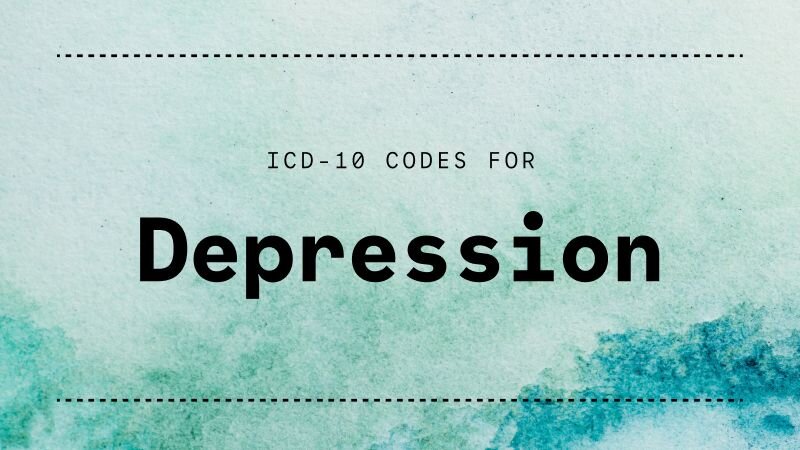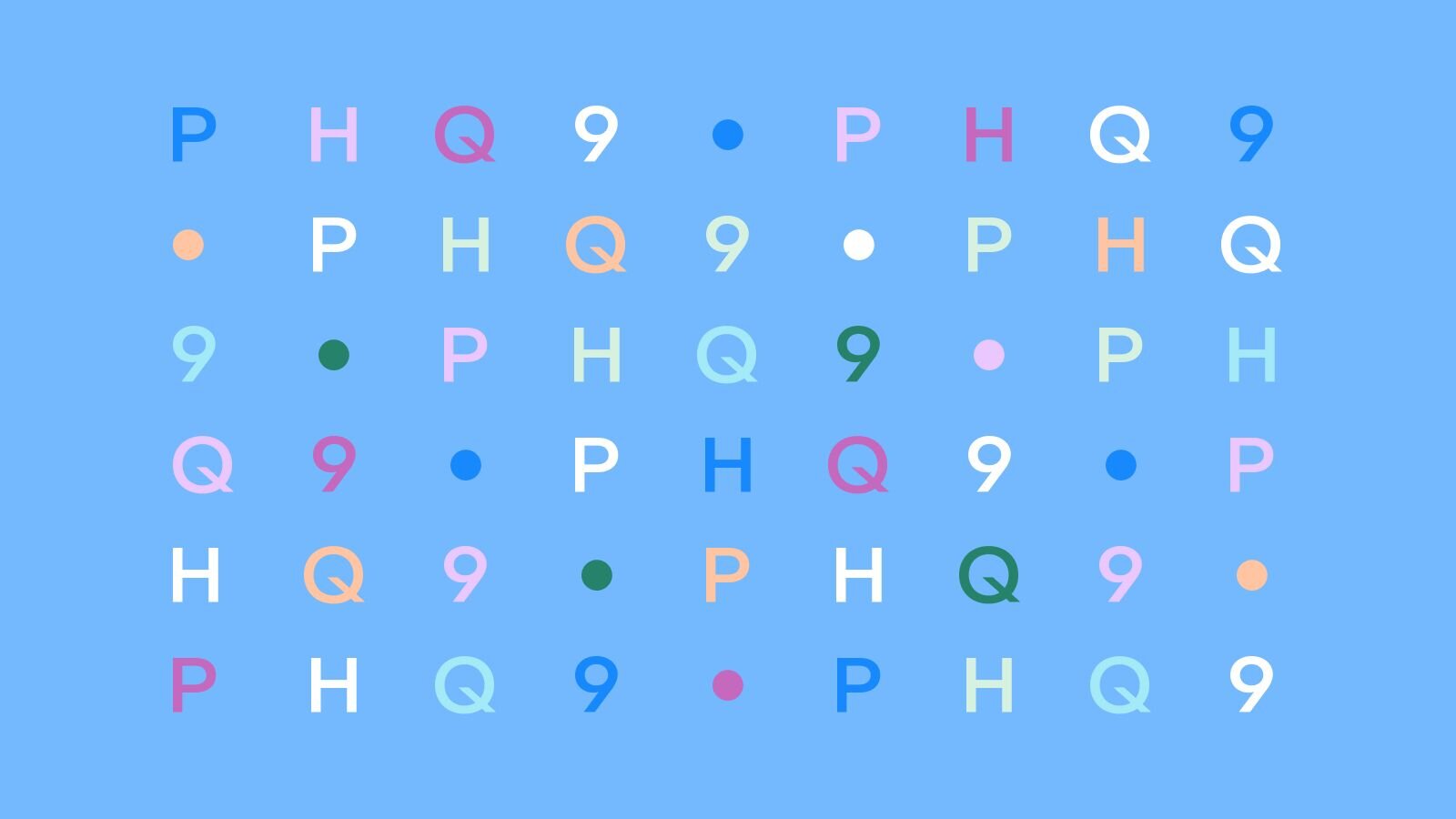
ICD-10 codes for depression
Here are some of the most common ICD-10 codes associated with depressive symptoms, with different criteria for frequency, severity, and other features.

The Patient Health Questionnaire-9 helps screen for, diagnose, and track progress with depression.
One of the most important components of any treatment plan is an accurate diagnosis. Your education and clinical background can clue you in to what may be going on with a client, but in some cases, you may want or need to conduct a formal assessment before diagnosing someone.
The Patient Health Questionnaire-9, an assessment tool commonly used by therapists and other medical providers, helps screen for, diagnose, and track progress with depression. Below, learn more about the PHQ assessment and how you can incorporate it into your practice.
The PHQ-9, developed in 1999 and introduced to healthcare settings in 2001, assesses the presence and severity of depressive symptoms in adults 18 and older. The PHQ-9 has nine questions, all of which reflect items on the diagnostic criteria for major depressive disorder.
It’s a self-administered assessment, which means the client fills it out on their own, marking the symptoms they’re experienced in the last two weeks and how frequently they’ve experienced them. Then, a medical provider scores the assessment based on the client’s answers.
Evidence consistently shows the PHQ-9 has high reliability and specificity when screening for depression, making it one of the most effective evidence-based assessment tools. Because the PHQ-9 relies on a person’s self-reporting, it’s best used in conjunction with other clinical tools, such as a client interview.
The PHQ-9 assessment includes the following questions and prompts clients to mark “not at all,” “several days,” “more than half the days,” or “nearly every day.”
Over the last two weeks, how often have you been bothered by any of the following problems?
Each measure on the assessment is measured on a three-point scale and assigned a certain number of points.
Nearly every day: 3 points
More than half the days: 2 points
Several days: 1 point
Not at all: 0 points
When each answer is assigned a point value, the total score for the PHQ-9 assessment can range from 0–27. In general, the higher the score, the more severe a person’s depression.
Score 0-4: No depression
Score 5-9: Mild depression
Score 10-14: Moderate depression
Score 15-19: Moderately severe depression
Score 20 or greater: Severe Anxiety
According to the American Psychological Association, major depression is diagnosed if five or more of the nine depressive symptom criteria have been present at least "more than half the days" in the past two weeks and one of the symptoms is depressed mood (also known as anhedonia).
While it’s often used as a tool for screening and diagnosing depression in new clients, the PHQ-9 is also useful in re-assessing clients so you can adjust their treatment plan as needed. For example, if you diagnosed a client with depression six months ago, you can re-issue the PHQ-9 to determine the current severity of symptoms and adjust your treatment plan as needed.

Here are some of the most common ICD-10 codes associated with depressive symptoms, with different criteria for frequency, severity, and other features.

The GAD-7 can help you narrow down a diagnosis if your client is experiencing anxiety symptoms, along with allowing you to track their progress over time.

Be strategic and ensure you and your potential client have the information you need to start therapy on the right foot.